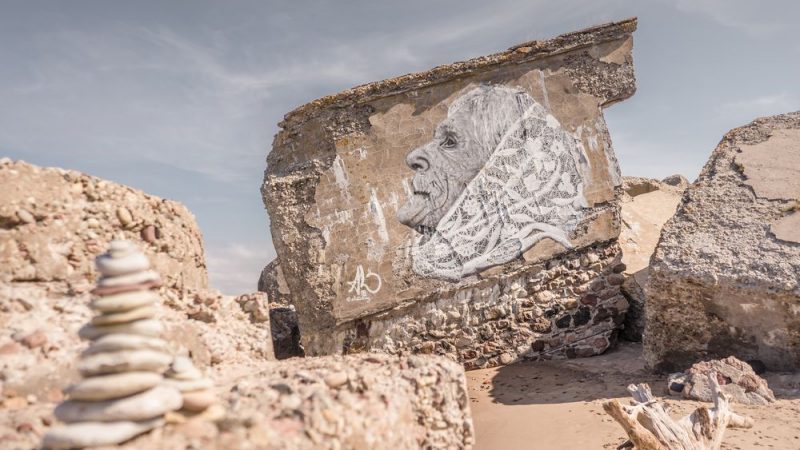Several fortifications were constructed at the end of the 19th century in the territory where Karosta now lies, in the centre of Liepāja and near the southern border of the city in order to protect the navy base from potential enemy attack.
In November of 1908, the Liepāja Fort was demolished because it was admitted as being a strategic error. Some of the cannons were dismantled and taken to the Kaunas Fortress in Lithuania, and the rest of them were melted down. The fortifications were blown up twice in order to demolish them. Only partially blown up parts of the artillery batteries, underground structures, and powder warehouses are still standing today.
Several murals can be seen on the walls of the Northern Fort.
The Northern Fort is the most well-known and visually impressive part of Liepāja’s fortress. Its historical name is Fortification battery No. 1.
Just like Karosta, the Northern Fort was a closed military territory during the years of Soviet occupation. Today these partially exploded labyrinths of history are free to be explored.
However, one must be very careful when visiting the Northern Fort. The Baltic Sea’s steep coast in Karosta and elsewhere in Latvia is dangerous because parts of it can suddenly collapse. For this reason, it is forbidden to walk under the fort ruins.
A picnic spot is available for visitors of the Northern Fort and it is possible to take part in the team game “Escape from the USSR”.
Other parts of the fortifications can be viewed on 14 November Boulevard – the Redan and the Middle Fort.
